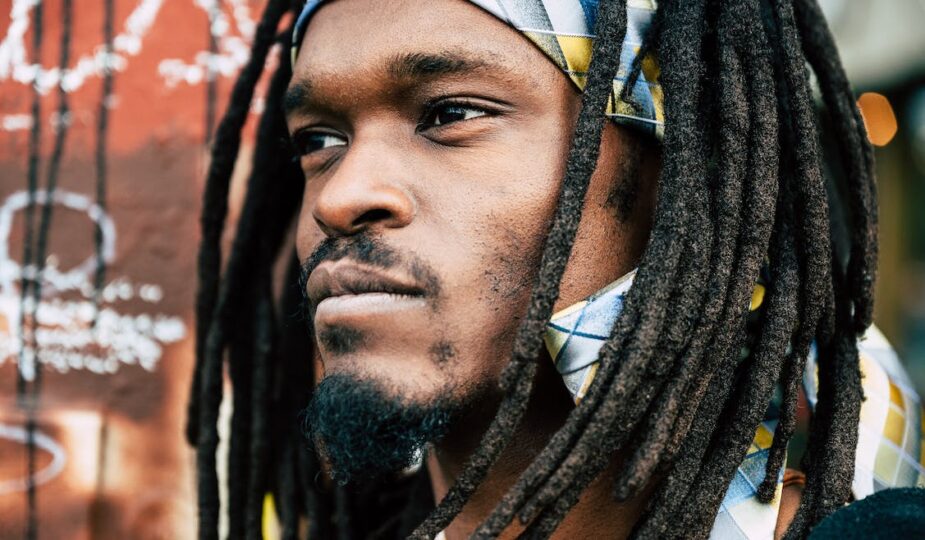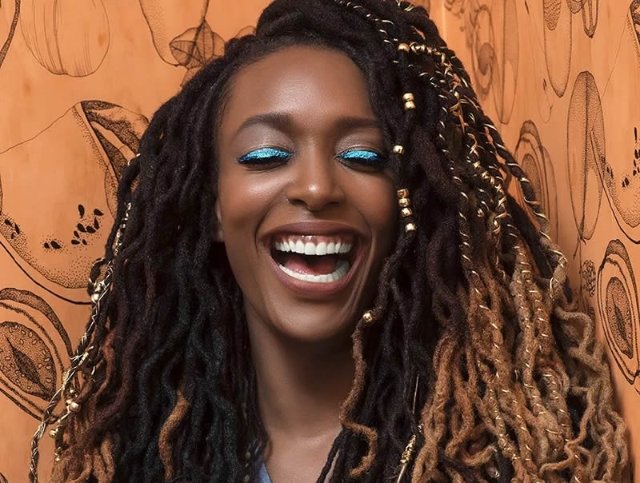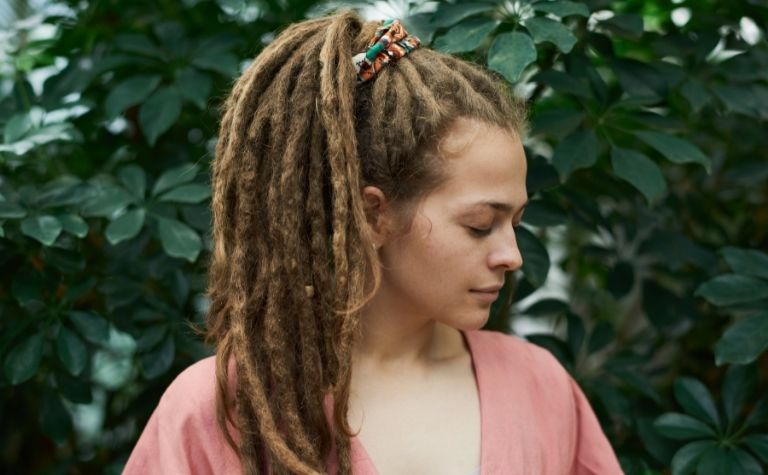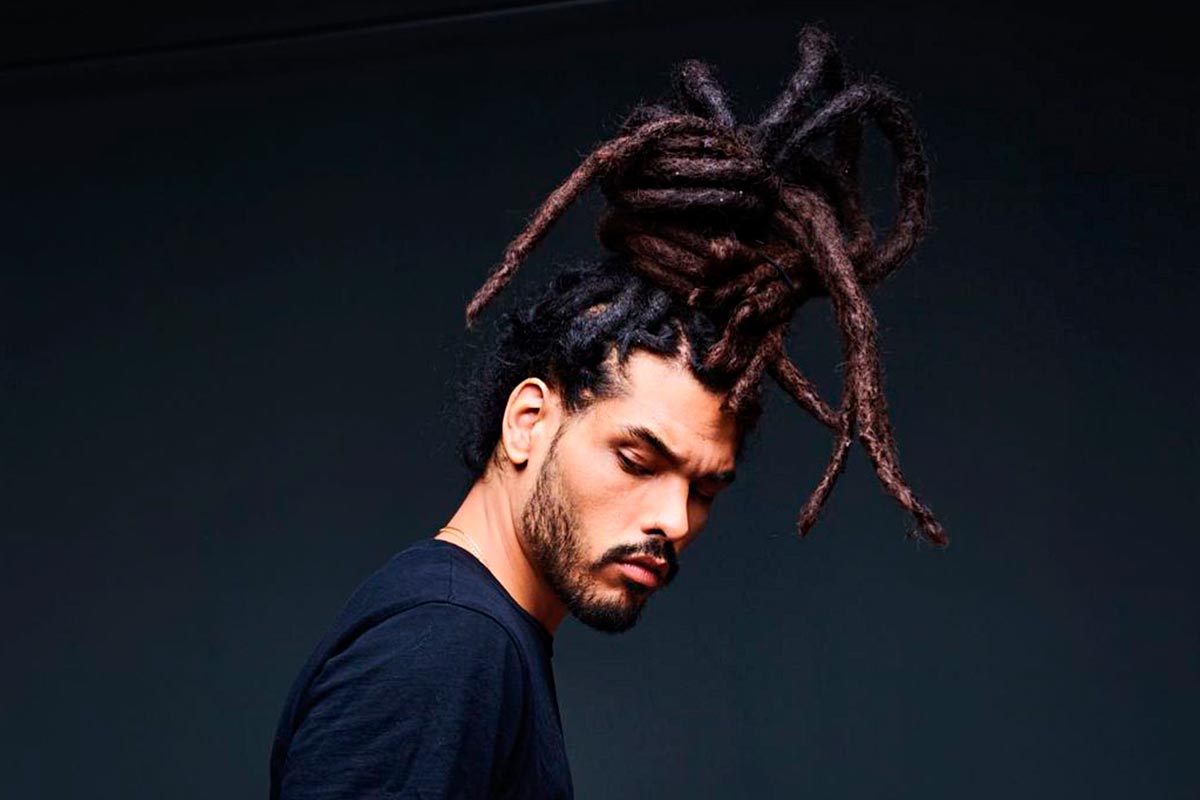
The Cultural Significance Of Dreadlocks: A Look At The History And Meaning Behind The Style
Dreadlocks have long been a popular hairstyle that carries significant cultural weight. Though often associated with the Rastafarian movement, the history and meaning of dreadlocks are much more complex and nuanced.
In this blog post, we will delve into the cultural significance of dreadlocks, exploring their origins, the various communities that have embraced them, and how they have evolved over time. From ancient civilizations to modern-day subcultures, let’s unravel the rich history of this iconic hairstyle.
The Origins Of Dreadlocks And Their Cultural Significance

Historical evidence suggests that dreadlocks have been around for thousands of years, with roots in various cultures across the globe.
The earliest known depictions of dreadlocks can be traced back to ancient Egypt, where they were worn by pharaohs, as well as in ancient Greece and India. Even the Bible contains references to locks, indicating their deep historical roots!
In the African diaspora, dreadlocks have long held spiritual and cultural significance. For many, the style represents a connection to their African heritage and a way to celebrate their identity.
In the Rastafarian movement, dreadlocks are seen as a symbol of their faith, representing a spiritual journey, resistance against oppression, and unity with nature.
To learn more about maintenance and the different techniques of dreadlocks, check out https://dreadlockcentral.com/courses/.
Dreadlocks In The Hindu Tradition
Dreadlocks have been a part of the Hindu tradition for centuries. Known as “jata” in Sanskrit, they are often worn by Sadhus, or holy men, who have renounced worldly life to focus on their spiritual journey.
The matted locks are believed to symbolize the divine and hold spiritual energy, and they are also thought to be a sign of Lord Shiva’s blessings.
Dreadlocks In Ancient Egypt

Ancient Egyptians were known for their elaborate hairstyles, and dreadlocks were no exception.
Archaeological discoveries have unearthed mummies with well-preserved dreadlocks, and artwork from that era often depicts pharaohs and other high-ranking officials sporting the style. The wearing of dreadlocks in ancient Egypt was a symbol of status and, in some cases, religious devotion.
The Rastafarian Movement
The Rastafarian movement, which originated in Jamaica in the 1930s, played a significant role in popularizing dreadlocks globally. Rastafarians believe in the divinity of Emperor Haile Selassie of Ethiopia and see themselves as part of the African diaspora.
For Rastafarians, dreadlocks are a symbol of their faith, an act of defiance against the oppressive norms of Western society, and a way to connect with their African heritage.
Dreadlocks In The Modern World

Over time, dreadlocks have become increasingly popular in mainstream culture, transcending their original spiritual and cultural significance.
Celebrities, musicians, and athletes have all embraced the style, and it has become a symbol of self-expression and individuality. While some argue that the adoption of dreadlocks by those outside of the cultures they originated from is a form of cultural appropriation, others believe that it is a testament to the hairstyle’s universality and power to bridge cultural gaps.
The Controversy Surrounding Dreadlocks
As dreadlocks have gained popularity, so too has the debate surrounding cultural appropriation.
Critics argue that when people from outside the cultures that traditionally wear dreadlocks adopt the hairstyle, they are disrespecting and diluting its original meaning. In recent years, this controversy has led to heated debates in various spheres, from the fashion world to college campuses.
In Conclusion
The cultural significance of dreadlocks is multifaceted, with roots in various ancient civilizations and spiritual traditions. From the Rastafarian movement to Hinduism and ancient Egypt, dreadlocks have long been a symbol of spiritual devotion, resistance, and cultural identity. As the hairstyle has gained popularity in mainstream culture, it has also sparked conversations about cultural appropriation and the importance of respecting the origins and meanings behind cultural symbols.









